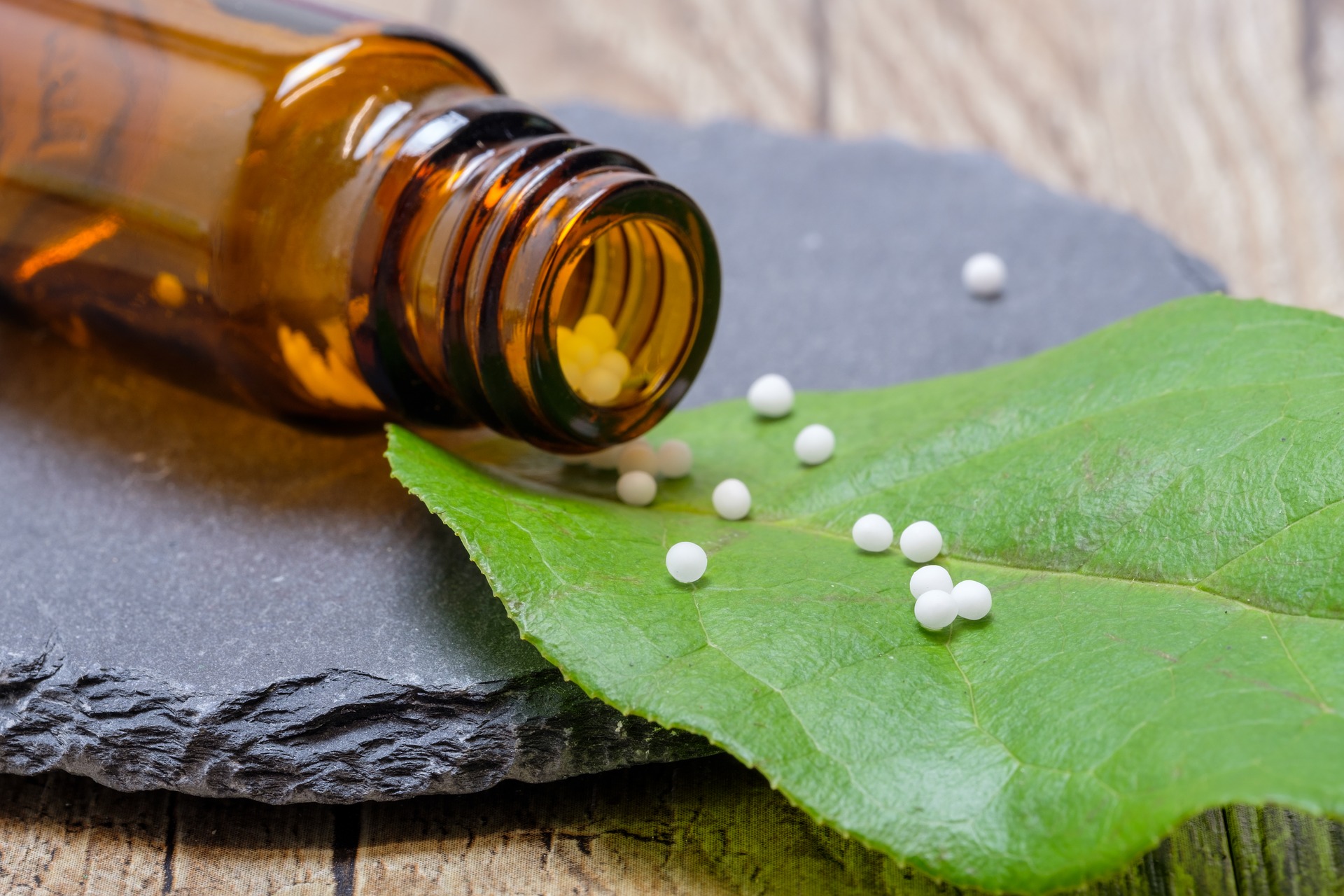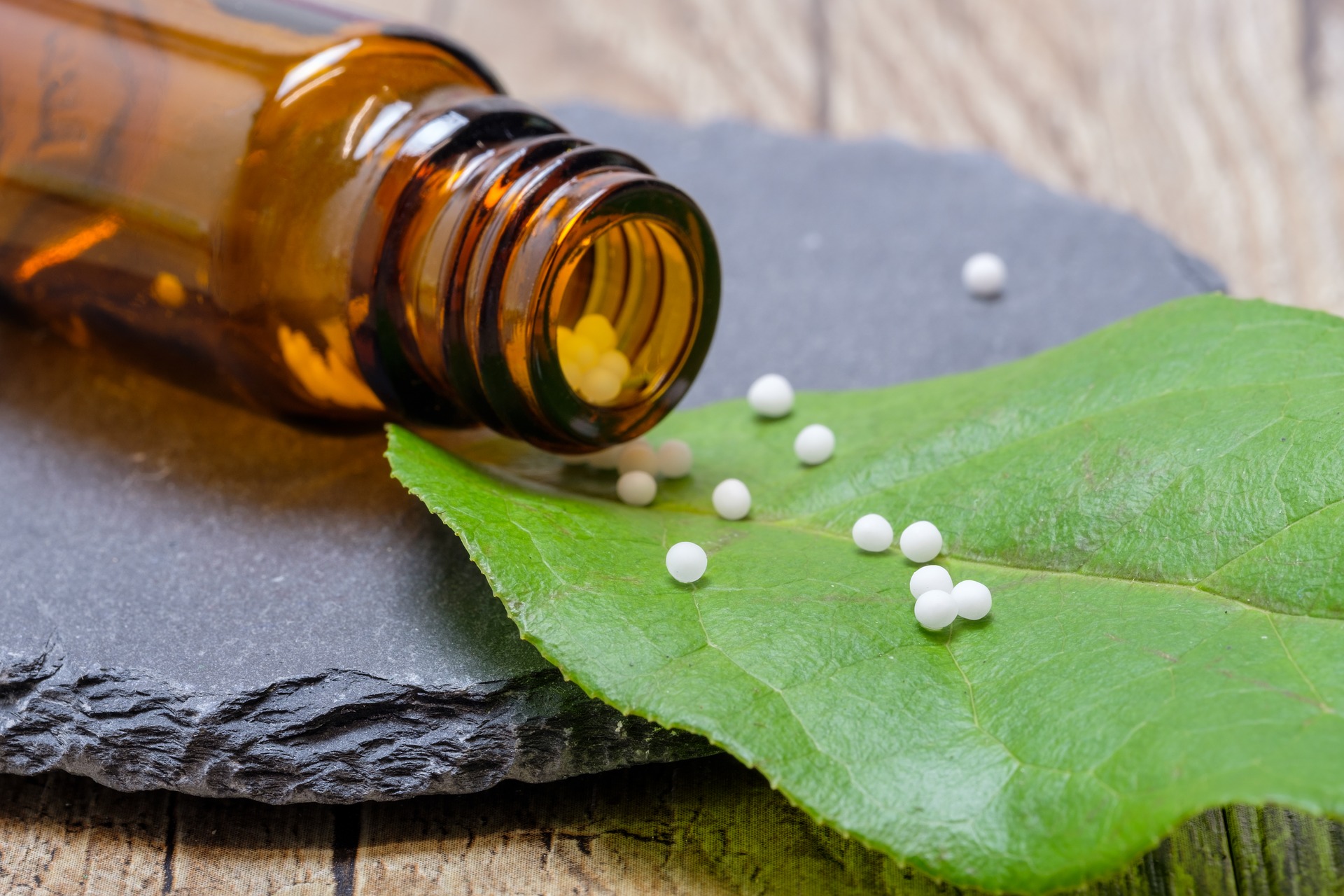Several people have recently asked me if I know of anyone who is researching cures for fluoroquinolone toxicity. The short answer is, no, unfortunately, I don’t know of any individuals, institutions, or organizations that are working to find a cure for fluoroquinolone toxicity.
The longer answer is a bit more complex and nuanced.
In order to get doctors and scientists to do research into curing fluoroquinolone toxicity, fluoroquinolone toxicity first has to be recognized. In the five years that I have been involved with the “floxie” community, we have come a long way in getting fluoroquinolone toxicity recognized, and the 2016 announcement from the FDA that the fluoroquinolone warning labels are going to be changed to note that their risks outweigh their benefits for many common infections is a HUGE step in the right direction. The thousands of people who have shared their fluoroquinolone toxicity stories on social media, in the news media, and who have reported their reaction to the FDA, have all helped to get people to recognize that fluoroquinolone toxicity is real, and that it’s a multi-symptom, often chronic, sometimes disabling, syndrome. Recognition that the problem exists is a necessary first step, and we are definitely making progress in getting fluoroquinolone toxicity recognized.
After recognition of the problem, scientists and doctors must figure out the mechanism through which fluoroquinolones cause damage before they can start looking for a cure. This, unfortunately, is another big roadblock. There are more than 200 journal articles about the effects of fluoroquinolones on the Links & Resources page of this site. These journal articles note that fluoroquinolones damage mitochondrial DNA, downgrade GABA, deplete magnesium and iron, cause liver and kidney damage, increase oxidative stress, deplete antioxidants, disrupt the endocrine system, activate mast cells, and more. (These possibilities are discussed in more depth in the post, What is Fluoroquinolone Toxicity?) There are so many ways in which fluoroquinolones cause damage, that it is difficult to determine where to start looking for a solution. The hypothesis–fluoroquinolones damage EVERYTHING–isn’t particularly testable or useful, even if it is true. Perhaps though, a cure that focuses on one of the systems that fluoroquinolones damage can help some (maybe most) people through fluoroquinolone toxicity.
There are people and organizations that are focusing on finding cures for some aspect of fluoroquinolone toxicity. For example, there are many companies that are trying to improve mitochondrial function through supplements and diets. MitoQ, K-PAX, Bulletproof, and many other supplement companies have mitochondrial support products, and doctor Terry Wahls notes the importance of mitochondrial health in The Wahls Protocol. People who are searching for a cure for ME/CFS, fibromyalgia, autoimmune diseases, autism, neurodegenerative diseases, and congenital mitochondrial diseases are focusing on mitochondria, and their findings may help floxies too. Additionally, supplements, diets, exercises, and other methods that support vagus nerve function may help floxies as well as the people who are suffering from POTS, autoimmune diseases, mast cell activation, histamine intolerance, and other forms of autonomic nervous system dysfunction. People who are going through benzodiazepine withdrawal know a lot about downgraded GABA neurotransmitters, and perhaps the information that they have can help floxies to deal with the GABA aspects of fluoroquinolone toxicity. Also, things that help people to deal with diabetes-induced peripheral neuropathy may also help people with fluoroquinolone-induced peripheral neuropathy. The makers of these supplements, diets, etc. aren’t focusing on fluoroquinolone toxicity, but in focusing on other diseases that are similar to fluoroquinolone toxicity, they may stumble on answers for floxies as well. I suspect that a cure for fluoroquinolone toxicity will come through people looking for cures for other, more widely recognized and accepted, diseases. It would be nice if concerted effort was given to fluoroquinolone toxicity specifically, but if a cure comes via research into another disease, that’s fine too.
TOL19-001/Cicatendon for Tendon Repair
The only study I’ve seen that focused on repairing damage done by fluoroquinolones is TOL19-001 reduces inflammation and MMP expression in monolayer cultures of tendon cells. It’s an interesting study that I highly recommend to all my floxed friends. Yes, it is a study that is related to the company that produces the supplement studied, so it’s not without bias, but it’s interesting and relevant none-the-less. The article focuses on fluoroquinolone-induced tendon destruction, which is one of the most well-documented effects of fluoroquinolones. It goes over a mechanism through which fluoroquinolones cause tendon destruction–
“This family of drugs (fluoroquinolones) is, indeed, known to induce tendon lesions in vivo [33, 34, 35, 36, 37, 38, 39, 40] by causing matrix disruption, inflammation, and degenerative changes of tenocytes [37, 41]. In this study, we showed that CIP (ciprofloxacin) affects tendon cells, including inhibition of cell proliferation (data not shown), increased expression of p65 NFkB subunits and MMPs (at least at mRNA level).”
It also is noted that:
“Here, we propose that the association of spirulina, glucosamine sulfate, ginseng, selenium, sillicium, iron, vitamin E and zinc (TOL19-001, marketed as Cicatendon®, LABRHA Laboratory, Lyon, France) may have a beneficial effect on tendon healing and repair.”
The article goes over a lot of technical information about MMPs and how the TOL19-001/Cicatendon and its ingredients may help to repair fluoroquinolone-damaged tendons, and, again, I recommend that you all read it.
I have only heard from one friend who has tried the TOL19-001/Cicatendon, and she reported that it helped (but I wouldn’t say “cured”) her. I have not personally tried TOL19-001/Cicatendon, but I have tried many of its ingredients as individual supplements, and many of them helped me through fluoroquinolone toxicity.
TOL19-001/Cicatendon certainly seems promising for tendon repair, even if it doesn’t address the other issues having to do with fluoroquinolone toxicity. I don’t think that we can call it a “cure” but perhaps it is progress. At the very least, it is a study that looked at repairing the damage caused by fluoroquinolones, and I would certainly call THAT progress.
I hope that more supplement companies take a look at fluoroquinolones, and research how their products may help to repair some of the damage done by fluoroquinolones. Though independent research from academics is perceived more positively than research sponsored by supplement companies, I think that supplement companies are more likely to be willing and able to invest in fluoroquinolone toxicity studies than universities currently are, and I’m grateful to any individual or institution that is looking for a cure for this horrible toxicity syndrome.
One more thing…
Not to toot my own horn, but floxiehope.com focuses on healing, and finding a cure, for fluoroquinolone toxicity. The recovery stories don’t contain any “magic bullets,” but they do contain methods for recovery that many people have used. I think that the information in the recovery stories is valuable and useful. Though there isn’t a “cure” at this time, there is recovery, and I think that realizing that is a big step in the right direction.
Also, The Quinolone Vigilance Foundation (QVF) is working with scientists to research fluoroquinolone toxicity, and a cure may come from that. Their work is greatly appreciated!
And, The Fluoroquinolone Toxicity Solution, is a good guide that has helped many people.
We all wish that we had a magic bullet cure. Maybe one day. For right now, we can use what we have, and hope for more research to come.












… [Trackback]
[…] Find More on that Topic: floxiehope.com/researching-cures-for-fluoroquinolone-toxicity/ […]
… [Trackback]
[…] There you can find 45283 more Info on that Topic: floxiehope.com/researching-cures-for-fluoroquinolone-toxicity/ […]
… [Trackback]
[…] There you can find 65034 additional Info to that Topic: floxiehope.com/researching-cures-for-fluoroquinolone-toxicity/ […]
… [Trackback]
[…] There you can find 55429 more Information on that Topic: floxiehope.com/researching-cures-for-fluoroquinolone-toxicity/ […]
… [Trackback]
[…] Read More Information here on that Topic: floxiehope.com/researching-cures-for-fluoroquinolone-toxicity/ […]
… [Trackback]
[…] Find More Information here on that Topic: floxiehope.com/researching-cures-for-fluoroquinolone-toxicity/ […]
… [Trackback]
[…] Info on that Topic: floxiehope.com/researching-cures-for-fluoroquinolone-toxicity/ […]
… [Trackback]
[…] There you can find 38416 more Information on that Topic: floxiehope.com/researching-cures-for-fluoroquinolone-toxicity/ […]
… [Trackback]
[…] Find More on that Topic: floxiehope.com/researching-cures-for-fluoroquinolone-toxicity/ […]
… [Trackback]
[…] Find More Info here to that Topic: floxiehope.com/researching-cures-for-fluoroquinolone-toxicity/ […]
… [Trackback]
[…] Here you will find 26621 more Information on that Topic: floxiehope.com/researching-cures-for-fluoroquinolone-toxicity/ […]
… [Trackback]
[…] Read More on that Topic: floxiehope.com/researching-cures-for-fluoroquinolone-toxicity/ […]
… [Trackback]
[…] There you will find 26469 additional Information to that Topic: floxiehope.com/researching-cures-for-fluoroquinolone-toxicity/ […]
… [Trackback]
[…] Information on that Topic: floxiehope.com/researching-cures-for-fluoroquinolone-toxicity/ […]
… [Trackback]
[…] There you will find 50020 more Info on that Topic: floxiehope.com/researching-cures-for-fluoroquinolone-toxicity/ […]
… [Trackback]
[…] Read More to that Topic: floxiehope.com/researching-cures-for-fluoroquinolone-toxicity/ […]
… [Trackback]
[…] Read More here on that Topic: floxiehope.com/researching-cures-for-fluoroquinolone-toxicity/ […]
… [Trackback]
[…] Information to that Topic: floxiehope.com/researching-cures-for-fluoroquinolone-toxicity/ […]